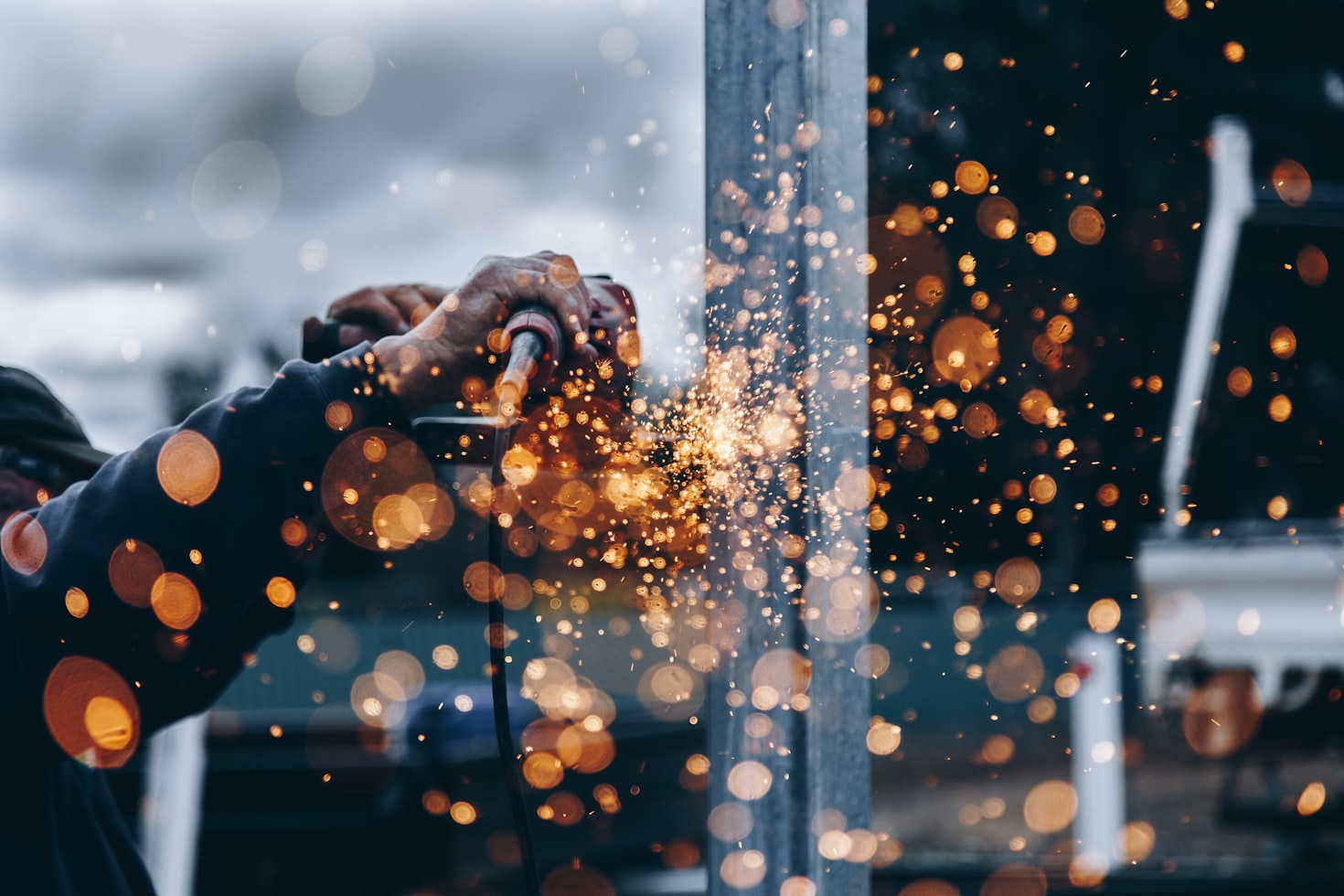The Concrete Revolution
Is 3D Printing the Future of Infrastructure, or a Bridge Too Far?
Article Navigation
Imagine constructing an entire bridge in days, not years—using a robotic arm that extrudes concrete like toothpaste to create intricate, load-bearing structures layer by layer. This isn't science fiction; it's the promise of additive manufacturing with concrete (3DCP).
1. The Allure and Perils of 3D Concrete Printing
How It Works
3DCP uses robotic arms or gantry systems to deposit layers of specialized concrete ("filaments") based on digital blueprints. Unlike traditional casting, it requires no formwork, cutting material use by up to 60%. The concrete must be self-supporting: stiff enough to hold its shape instantly, yet fluid enough to extrude smoothly 1 .
The Skeptic's Case
Early adopters face a maze of challenges:
- Structural Doubts: Printed layers may delaminate under stress.
- Reinforcement Gaps: Embedding steel rebar during printing remains experimental.
- Regulatory Void: No universal building codes exist for 3DCP structures 1 .
A hidden flaw emerges in 3D-printed connections: thermal bridging. Concrete, like steel, efficiently conducts heat. In traditional "Harley Davidson architecture" (exposed slabs and frames), this leads to massive energy loss—akin to "leaving a window open year-round" 2 .
2. Breaking Point: The Hybrid FRP-Concrete Experiment
To tackle 3DCP's weaknesses, researchers pioneered a hybrid material system combining fiber-reinforced polymers (FRPs) with concrete. FRPs are lightweight, corrosion-resistant, and excel in tension—concrete's weakness. The goal: create a beam that leverages both materials optimally 3 .
- Base Layer: A 5-mm-thick pultruded GFRP (glass-fiber-reinforced polymer) sheet with T-shaped upstands served as the tension zone.
- Core: Lightweight concrete (LC) was poured onto the GFRP. Two densities were tested: 900 kg/m³ (low) and 1300 kg/m³ (high).
- Bonding Variables: Half the beams had the GFRP-LC interface coated with epoxy adhesive; the rest were unbonded.
- Compression Layer: Ultra-high-performance fiber-reinforced concrete (UHPFRC) topped the assembly.

Testing of concrete beams in laboratory conditions
Results & Analysis
| Interface Type | First Crack Load (kN) | Ultimate Load (kN) | Failure Mode |
|---|---|---|---|
| Unbonded | 7–11 | 15–20 | Ductile (wide cracks) |
| Epoxy-Bonded | 7–13 | 30–40 | Brittle (sudden crush) |
Bonded beams doubled the load capacity but failed catastrophically. Unbonded beams showed gradual cracking, allowing warning before collapse 3 .
| Concrete Density (kg/m³) | Stiffness | Crack Behavior |
|---|---|---|
| 900 | Lower | Fewer, wider cracks |
| 1300 | Higher | Multiple fine cracks |
Higher-density concrete improved stiffness but required bonding to prevent debonding from the FRP 3 .
Key Insight
The experiment revealed a fundamental trade-off:
- Bonded interfaces maximize strength but sacrifice resilience.
- Unbonded systems tolerate damage but risk delamination.
For 3DCP, this suggests printed layers need targeted adhesion—strong bonds in critical zones, flexible ones elsewhere.
3. The Scientist's Toolkit: Materials Shaping the Future
| Material/Tool | Function | Innovation |
|---|---|---|
| Self-Compacting Concrete | Flows easily yet sets rapidly for layer stability | Reduces voids between printed filaments |
| GFRP/CFRP Sheets | Tensile reinforcement; replaces steel rebar | Corrosion-resistant; 70% lighter than steel |
| Epoxy Adhesives | Bonds FRP to concrete interfaces | Critical for composite action in hybrid beams |
| Foam Thermal Breaks | Inserts at structural connections | Prevents heat transfer (e.g., balcony links) |
| Carbon Capture Additives | Mineralizes CO₂ within concrete | Seals cracks; reduces carbon footprint |

Innovative Structures
3D printing enables complex architectural forms impossible with traditional methods.

Material Research
Scientists continuously develop new concrete formulations for 3D printing applications.
4. Navigating the Roadblocks: Is Widespread Adoption Feasible?
3DCP lacks standardized approval frameworks. Engineers currently analogize printed structures to unreinforced masonry—an outdated model that limits applications 1 .
Concrete mixtures vary by batch, causing weak points between layers. Solutions include:
- Real-time Sensors: Monitoring extrusion pressure and layer adhesion.
- AI-Powered Adjustments: Algorithms compensating for material drift 1 .
To combat energy-wasting thermal bridges:
- Offset Supports: Use stainless steel rods with foam spacers to isolate balconies.
- Exterior Insulation: Wrapping entire structures in rigid foam, bypassing conductive frames 2 .
While 3DCP cuts waste, cement's CO₂ footprint remains. Game-changers in development:
- Electrified Kilns: Replace fossil-fuel heating in cement production.
- CO₂-Injected Concrete: Mineralizes emissions into stable carbonates, strengthening the matrix .
5. Conclusion: A Bridge Within Reach
Additive manufacturing with concrete is neither a panacea nor a pipe dream. The hybrid FRP-concrete experiment proves that material synergies can overcome weaknesses, albeit with trade-offs requiring nuanced design. Thermal bridging and carbon emissions remain critical, but innovations like smart insulation and CO₂ sequestration offer viable paths forward.
Regulatory gaps and reinforcement challenges are significant, yet not insurmountable. As educational institutions ramp up training in digital design, machine operation, and material science, a new generation of builders will close the knowledge gap 1 . The path ahead demands collaboration—between engineers, policymakers, and environmental scientists—to transform 3DCP from a tantalizing prototype into the backbone of sustainable infrastructure.
In the end, additive manufacturing isn't a bridge too far. It's a frontier we're steadily, concretely, learning to cross.